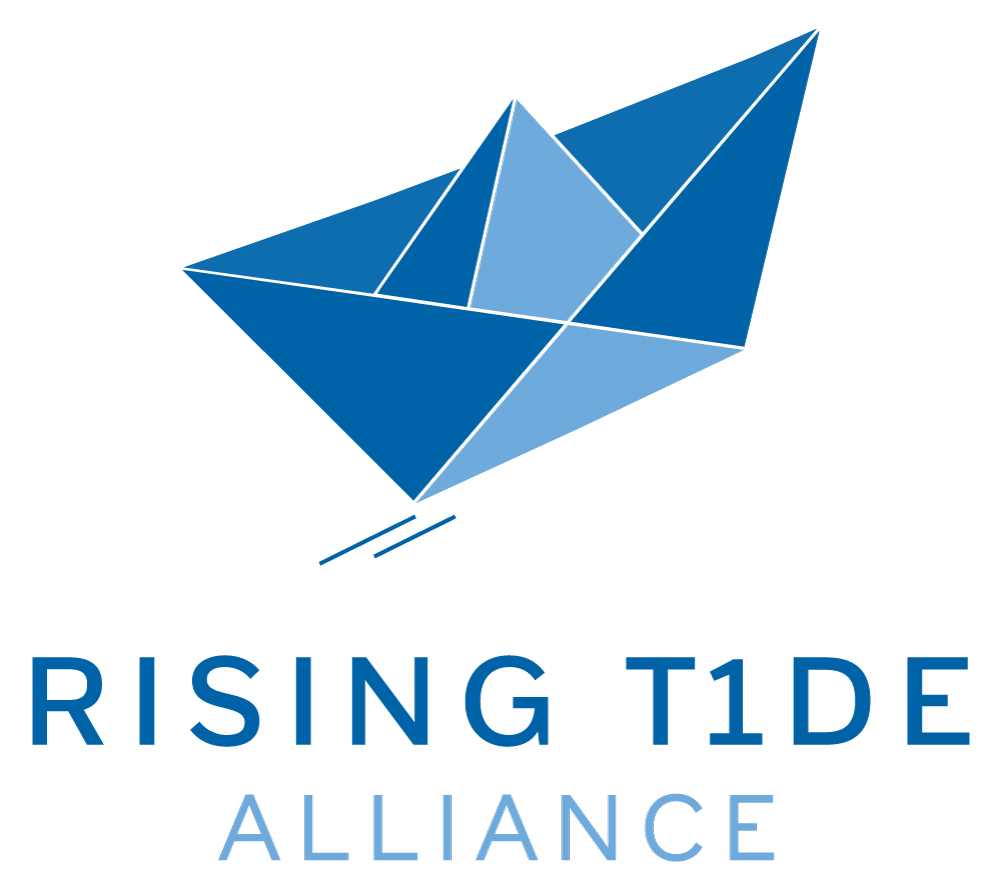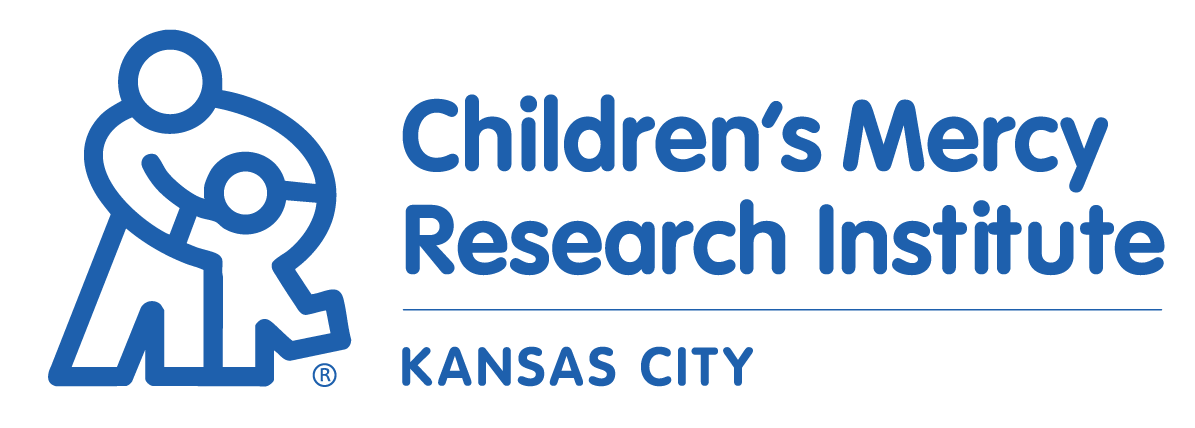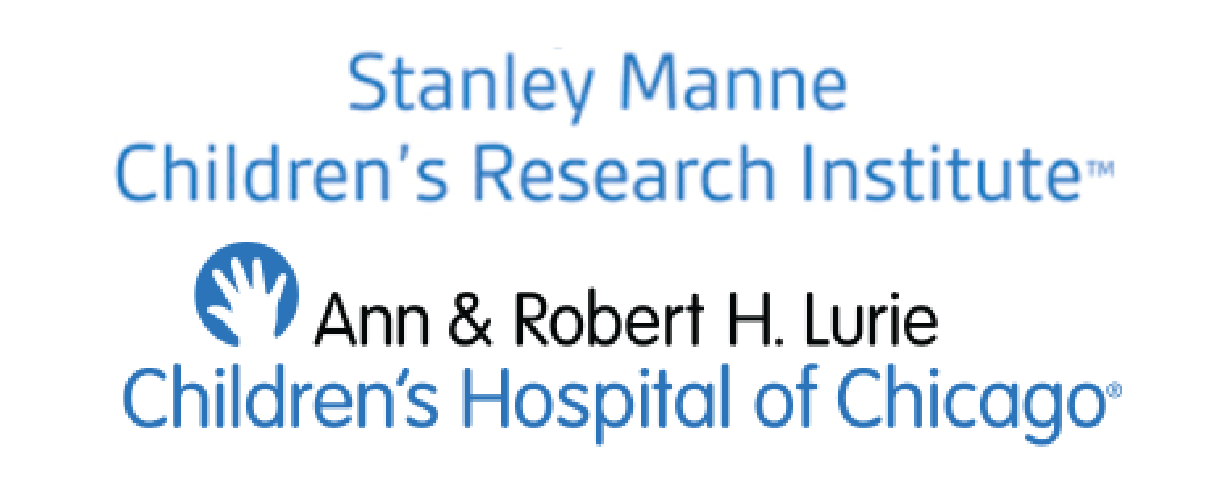HISTORY

Phase 1: Planting the Seeds of Innovation (2016-2020)
The Rising T1DE Alliance’s journey began with a bold vision to revolutionize diabetes care through data driven innovation and collaboration. In 2016, the Helmsley Charitable Trust funded an ambitious project at Children’s Mercy Hospital Kansas City to integrate data from medical devices into a unified system, enabling real-time insights and predictive care. Mark Clements, who was chairing the T1D Exchange Clinic Network at the time, served as a principal leader on this groundbreaking initiative.
The first phase focused on overcoming significant technical challenges, including gathering and organizing disparate datasets, which had not been successfully done before. Lurie Children’s Hospital also contributed as a key partner during this time, demonstrating the growing institutional commitment to transforming diabetes care. Mark and his team recognized that to ensure lasting impact, they needed to build their own data science capabilities rather than relying solely on external vendors. This effort resulted in a nascent internal data science team at Children’s Mercy, which would form the foundation for the Rising T1DE Alliance.
By the end of this phase, the “fly” strategy—eschewing incremental progress for bold leaps—helped integrate machine learning and forecasting techniques into diabetes care. This work laid the groundwork for what would become a data-driven ecosystem for real-time clinical decision-making.
Phase 2: The Birth of the Rising T1DE Alliance (2020)
In 2020, the Rising T1DE Alliance (RTA) was officially established as a transformative initiative dedicated to improving diabetes outcomes through collaborative, data-driven care. Mark Clements and Juan Espinoza began working together during this period, bringing complementary expertise that strengthened the project. Mark, with his deep clinical experience and vision, collaborated closely with Juan, who joined the RTA as an advisor and implementation leader after their first in-person meeting at ADA 2021 in NewOrleans.
The Alliance developed the Diabetes Data Document (D-Data Dock), a tool that integrated continuous glucose monitoring (CGM) data into healthcare systems. This platform enabled clinicians to forecast outcomes, such as hospitalization risks and changes in A1C levels, allowing for proactive and targeted care. During this time, the Alliance established a collaborative framework that encouraged shared learning among institutions. Internal data science and implementation science teams were created to support this work, ensuring sustainability and scalability across clinical settings.
Phase 3: Building a Learning Ecosystem (2021)
In 2021, the Rising T1DE Alliance introduced the Diabetes Rapid Learning Lab, a pivotal innovation designed to accelerate the testing and validation of interventions. This phase became the heart of RTA's iterative, data-driven approach to behavioral interventions and population health strategies. By curating evidence-based interventions from pediatric and adult populations, the Alliance enabled rapid experimentation and evaluation of clinical impact.
Juan Espinoza played a central role in driving the Lab’s implementation processes, leveraging his background in system integration to support RTA’s expansion. Lurie Children’s Hospital also deepened its involvement during this time, becoming an active site for implementing and refining interventions, while contributing critical insights to the collaborative learning model.
In parallel, the team leveraged federated swarm learning to allow multiple institutions to collaboratively refine predictive algorithms without sharing raw data, ensuring privacy while enabling large-scale learning across healthcare systems.
Phase 4: Advancing Data Integration (2022)
By 2022, the Rising T1DE Alliance (RTA) had solidified its role as an innovator in diabetes care, with a sharpened focus on data integration and interoperability. This phase marked the integration of the iCoDE Project, a groundbreaking effort spearheaded by the Diabetes Technology Society, aimed at establishing technical standards for CGM data integration into electronic health records (EHRs). The project brought together over 130 experts from more than 60 organizations, including industry leaders, healthcare providers, and data integrators, to create a scalable, standardized approach for integrating CGM data into clinical workflows.
Leveraging insights from previous RTA initiatives, Mark Clements and Juan Espinoza played a key role in shaping the iCoDE standards, which were formally published in 2022. This work laid the foundation for broader adoption of CGM data-driven interventions, setting the stage for the next phase of implementation.
Phase 5: Securing Support for Implementation (2023)
With a robust foundation in place, 2023 was dedicated to securing funding and refining implementation strategies to bring these innovations to healthcare institutions. Mark Clements and Juan Espinoza, having collaborated extensively over the previous years, worked closely to structure a scalable and cost-effective model for adoption. After a year of iterative development and engagement with the Helmsley Charitable Trust, the team successfully secured a new grant in early 2024 to support the next phase of implementation.
This phase also saw the initial application of these technologies in pilot sites like Children’s Mercy and Lurie Children’s Hospital, where interventions were tested, and lessons were gathered. Rather than simply focusing on deployment, the team prioritized identifying barriers, facilitators, and best practices to ensure that future sites could implement the system efficiently and at a lower cost. The work done in 2023 ensured that subsequent expansion efforts would not only be scalable but also adaptable to different healthcare settings.
Phase 6: Scaling and Optimizing Implementation (2024-Present)
By 2024, the Rising T1DE Alliance had positioned itself at the forefront of diabetes care transformation, with a mission to rapidly scale these data-driven innovations while ensuring cost-effective and impactful clinical integration. With Helmsley’s grant officially launched in April 2024, the team is now focused on applying key learnings from previous phases to expand implementation efforts.
Rather than simply funding more pilot sites, this phase is designed to study, optimize, and refine the implementation process itself—creating a model that can be replicated efficiently and at a fraction of the original cost. The grant is not just about funding deployments but rather about developing the framework, tools, and best practices necessary for widespread adoption.
A crucial aspect of this phase is the refinement of data integration strategies, including middleware solutions like the D-Data Dock, which enhance CGM data processing and usability. As the RTA continues to iterate on these strategies, its goal is to enable healthcare institutions to seamlessly integrate real-time CGM data into clinical decision-making, fostering proactive, population-based diabetes care that can be scaled globally.
A Legacy of Collaboration
The Rising T1DE Alliance’s story is one of vision, collaboration, and perseverance. From its origins at Children’s Mercy Hospital Kansas City, the Alliance has consistently pushed the boundaries of what is possible in diabetes care. By uniting institutions, fostering shared learning, and driving technology-driven transformation, the RTA is paving the way for a brighter, data-driven future in healthcare.



